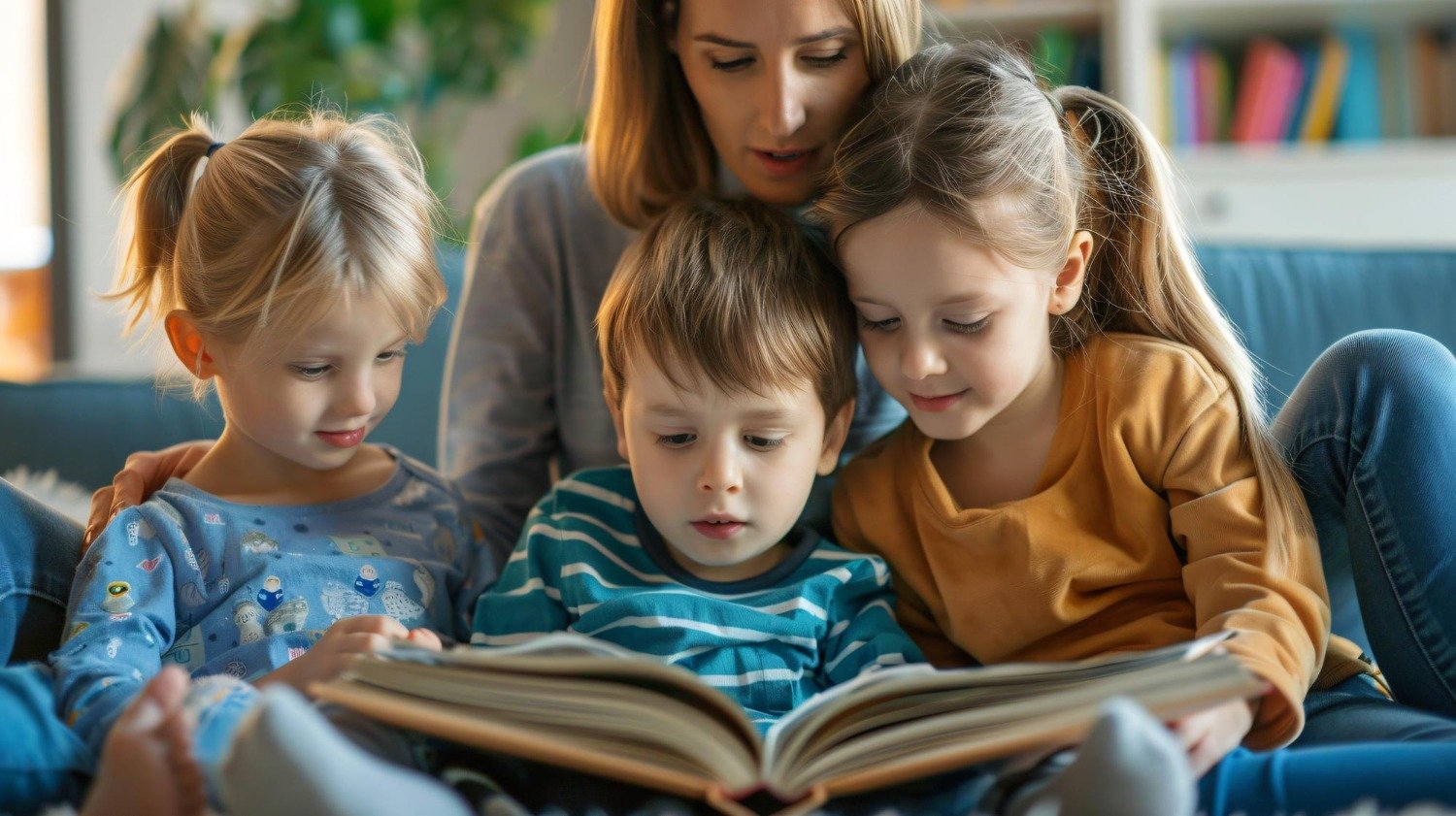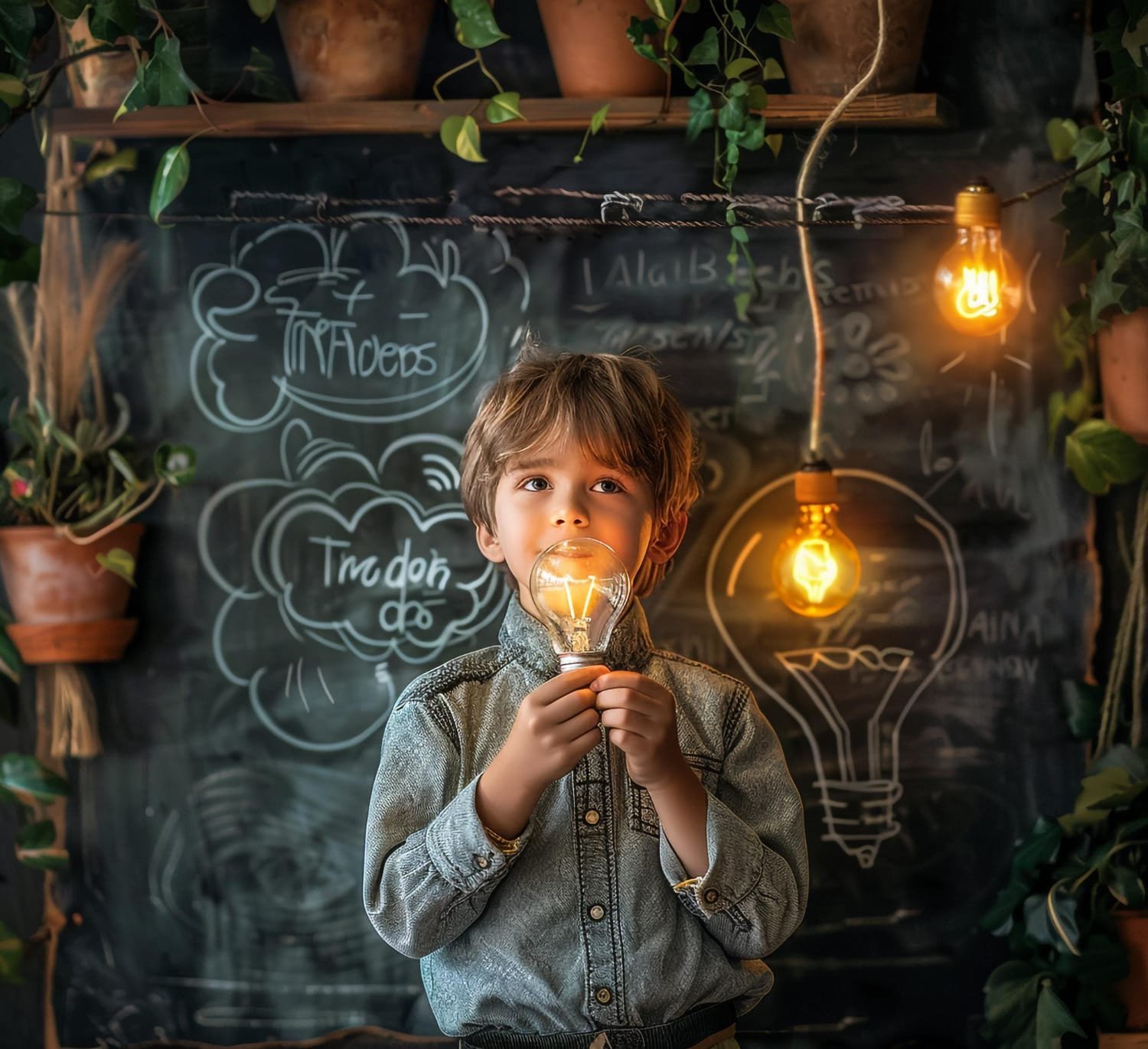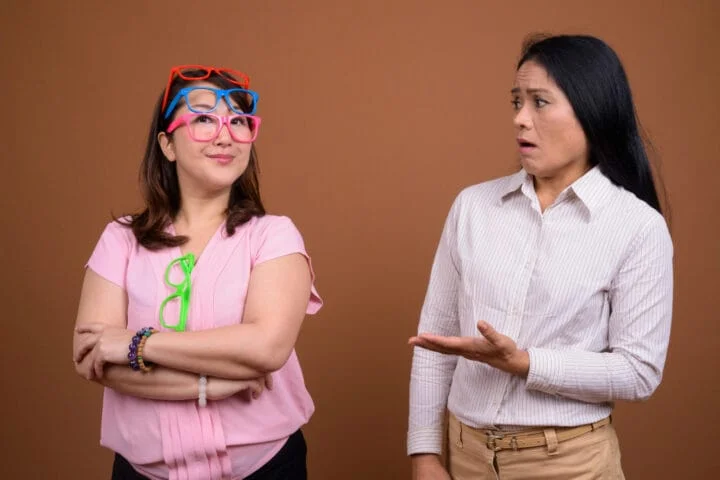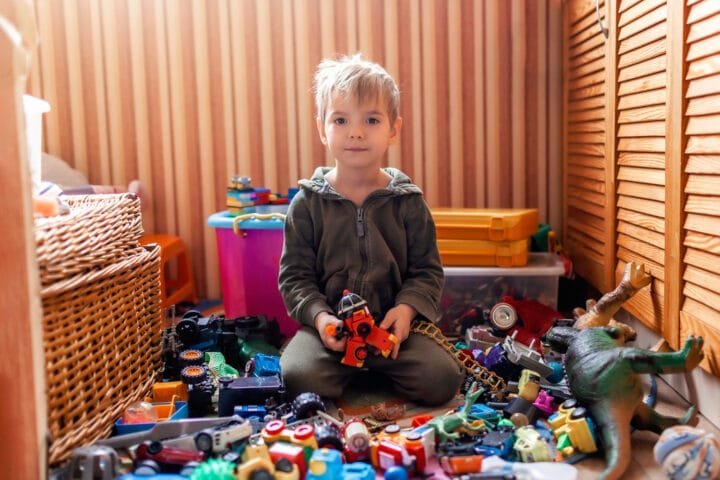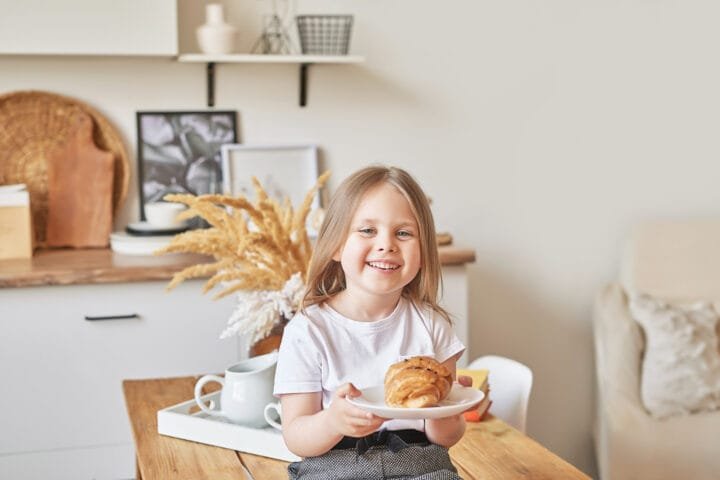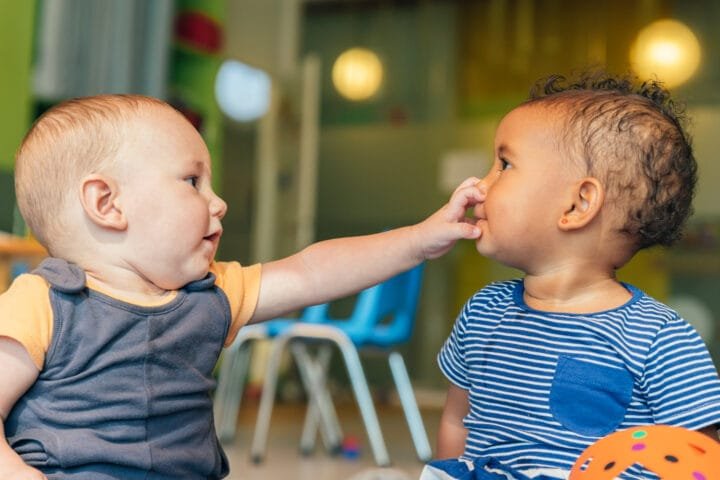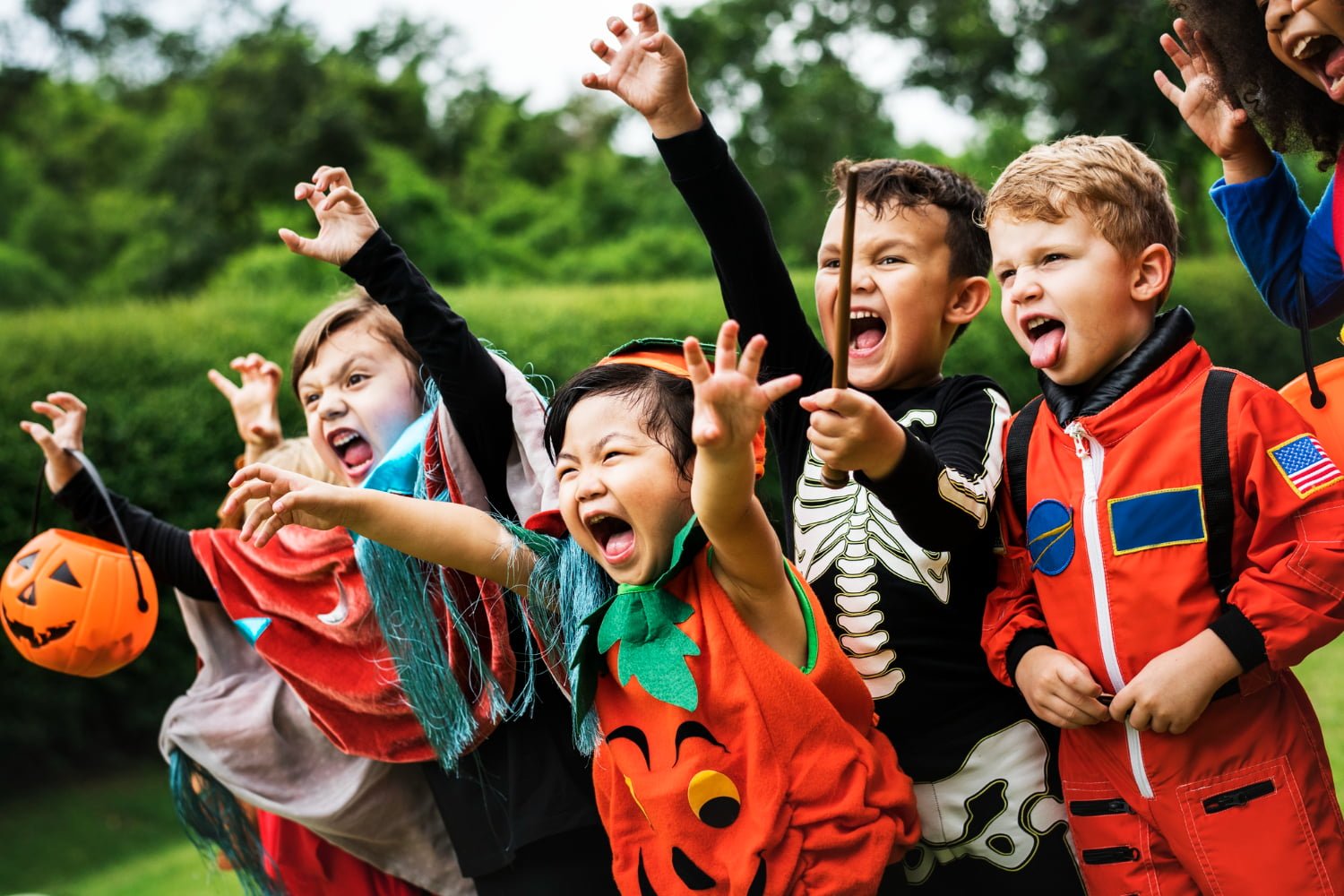Smooth Sailing: Navigating the Transition from Toddler to Preschooler
You can’t believe how fast your little one is growing up. One day, they’re babbling and taking wobbly steps; the next, they’re ready for preschool. From toddler to preschooler, you’re on an emotional rollercoaster of milestones, emotions, and challenges. But fear not, fellow parents! We are here to help you through this exciting time.
1. Understanding the Toddler-to-Preschooler Transition
The shift from toddlerhood to preschool age is a significant milestone in a child’s life. This period typically spans from ages 2 to 5, with toddlers generally considered to be between 1 and 3 years old and preschoolers from 3 to 5 years old. Children undergo rapid development in various areas, including physical, cognitive, and social-emotional skills.
The incredible changes our children go through often amaze us as parents. One moment, they cannot string two words together; the next, they tell elaborate stories about their imaginary adventures. It’s a time of wonder, growth, and sometimes chaos. But amidst the chaos, there’s a profound joy in witnessing your child’s growth and development.
Key developmental milestones during this transition include:
- Improved language skills and vocabulary expansion
- Enhanced fine and gross motor skills
- Increased independence in self-care tasks
- Developing social skills and peer interactions
- Emerging problem-solving abilities
However, this transition isn’t without its challenges. Many parents face hurdles such as:
- Dealing with separation anxiety
- Managing tantrums and emotional outbursts
- Navigating sleep regressions
- Encouraging independence while maintaining safety
The National Institute of Child Health and Human Development found that 80% of children experience separation anxiety when they transition to preschool. The right strategies and support can help our little ones confidently navigate this exciting new chapter. As parents, your support is invaluable during this transition, and we’re here to reassure you that you’re doing a great job.
An article published in ‘Early Childhood Research Quarterly’ found that children who successfully transitioned to preschool were more likely to excel academically and socially later in life. As a result, we must support our children during this critical time. Remember, the efforts you put in now will pave the way for your child’s future success, which is a hopeful and motivating thought for any parent.
2. Physical Development and Self-Care Skills
As our toddlers grow into preschoolers, their physical abilities leap forward. It’s like watching a caterpillar transform into a butterfly – messy at times but ultimately beautiful and awe-inspiring.
2.1. Fine Motor Skills Enhancement
Fine motor skills involve coordinating small muscles, such as hands and fingers. These abilities are crucial for writing, buttoning clothes, and using utensils. To develop fine motor skills, the following are some strategies to consider:
- Draw, color, and use safety scissors for cutting activities
- Puzzles and building blocks can be introduced
- String beads or pasta onto strings and practice threading them
Fun fact: By age 4, most children can copy simple shapes and write some letters of the alphabet. A study in the “Journal of Motor Learning and Development” found that children who engage in regular fine motor activities show improved handwriting skills in elementary school.
Try this: Create a “fine motor station” at home with materials like playdough, tweezers, and small objects for sorting. Rotate activities weekly to keep it fresh and exciting.
2.2. Gross Motor Skills Progression
Gross motor skills involve larger muscle groups essential for running, jumping, and climbing. To foster these skills:
- Visit playgrounds regularly
- Engage in activities like dancing, ball games, and obstacle courses
- Encourage outdoor exploration and nature walks
Did you know? According to the American Academy of Pediatrics, preschoolers should engage in at least 60 minutes of physical activity daily. Research published in “Pediatrics” shows that children who meet this recommendation have better cognitive function and academic performance.
Pro tip: Turn everyday activities into gross motor challenges. Have your child hop to the bathroom for teeth brushing or do animal walks down the hallway.
2.3. Encouraging Independence in Daily Routines
During this transition, our children are increasingly attempting to become independent. As parents, we can support this by:
- Learning how to dress and undress
- Positively and patiently guiding toilet training
- Handwashing and brushing of teeth are basic hygiene practices
Establish routines, and be sure to praise them for their efforts. It may take longer to get out of the door, but the pride on their faces when they zip up their jacket is worth the wait.
According to a study in the “Journal of Child and Family Studies,” independent self-care tasks boost self-esteem and confidence in preschoolers.
3. Cognitive and Language Development
The toddler-to-preschooler transition is a time of explosive cognitive growth. It’s like watching a little scientist at work constantly experimenting, questioning, and learning about the world around them.
3.1. Expanding Vocabulary and Communication Skills
Language development during this period is nothing short of miraculous. To support your child’s growing communication skills:
- Engage in frequent conversations
- Read books together daily
- Play word games and sing songs
Fascinating fact: By age 5, most children have a vocabulary of about 2,100-2,200 words! Research published in “Developmental Science” shows that children exposed to a rich vocabulary at home have stronger language skills and reading comprehension in later years.
Try this: Start a “word of the day” tradition. Introduce a new, interesting word each day and see how many times you can use it together.
3.2. Nurturing Curiosity and Problem-Solving Abilities
Preschoolers are natural problem-solvers. Encourage this by:
- Asking open-ended questions
- Providing opportunities for exploration and discovery
- Offering age-appropriate puzzles and games
A “Cognitive Development” study found that children who are encouraged to problem-solve independently show greater cognitive flexibility and creative thinking skills.
3.3. Introduction to Early Literacy and Numeracy Concepts
While formal academics come later, we can introduce basic literacy and numeracy concepts through play:
- Point out letters and numbers in the environment
- Count objects during daily activities
- Play rhyming games and sing alphabet songs
According to research in the “Early Childhood Education Journal,” children exposed to early literacy and numeracy concepts in a playful and low-pressure environment are more likely to be academically ready for kindergarten.
3.4. Fostering Creativity and Imagination
Creativity flourishes during the preschool years. Nurture it by:
- Providing open-ended art materials
- Encouraging pretend play
- Limiting screen time in favor of imaginative activities
Did you know? According to a study in the “Thinking Skills and Creativity,” children who engage in pretend play show improved problem-solving skills and emotional regulation.
Pro tip: Create a “dress-up box” with various costumes and props to encourage imaginative play.
4. Social and Emotional Growth
Preschoolers experience various social and emotional changes as they transition from toddlers to preschoolers. It’s like watching a butterfly emerge from its cocoon to explore the world around them.
4.1. Developing Empathy and Emotional Intelligence
Empathy and emotional intelligence are crucial life skills. Foster these by:
- Labeling and discussing emotions
- Reading books about feelings
- Modeling empathy in your behavior
A study in the “Journal of Applied Developmental Psychology” found that children with higher emotional intelligence adapt better to school environments and have more positive peer relationships.
Try this: Create an “emotion chart” with faces expressing different feelings. Please encourage your child to point to how they feel throughout the day.
4.2. Encouraging Positive Peer Interactions
In preschool, peer relationships become more important. Support children’s social skills by:
- Organizing playdates
- Turn-taking and sharing skills
- Strategies for resolving conflict
Research published in “Child Development” has shown that preschoolers with strong social skills are more likely to succeed academically and have positive mental health outcomes as they grow up.
4.3. Building Self-Confidence and Self-Esteem
A strong sense of self is vital for preschool success. Boost confidence by:
- Offering specific praise for effort and achievements
- Providing opportunities for decision-making
- Celebrating individuality and unique talents
A study in the “European Journal of Psychology of Education” found that children with higher self-esteem in preschool show greater resilience and adaptability in facing academic challenges.
4.4. Managing Separation Anxiety and Transitions
Separation anxiety is common during this transition. Ease it by:
- Establishing predictable goodbye routines
- Using transitional objects (like a family photo)
- Maintaining a positive attitude toward preschool
Research in the “Journal of Child Psychology and Psychiatry” suggests that preschool children who successfully navigate separation anxiety show better emotional regulation skills in elementary school.
Remember, every child is unique. Some may breeze through this transition, while others might need extra support. Be patient, stay positive, and celebrate each small victory.
5. Creating a Supportive Environment
As our little ones transition from toddlers to preschoolers, creating a supportive environment at home becomes crucial. Think of it as building a launchpad for their journey into the wider world of learning and social interactions.
5.1. Establishing Consistent Routines and Boundaries
Consistency is the secret sauce of a smooth transition. Establish:
- Regular sleep schedules
- Meal and snack times
- Daily activities like reading or outdoor play
Use visual schedules to help your child understand and anticipate daily routines.
A study in the “Journal of Developmental & Behavioral Pediatrics” found that children with consistent routines at home show better emotional regulation and sleep patterns.
5.2. Designing Age-Appropriate Learning Spaces at Home
Transform your home into a preschooler’s paradise with:
- Low shelves for easy access to toys and books
- A designated art area
- Cozy reading nooks
Research in “Environment and Behavior” suggests that children in well-organized, stimulating home environments show greater cognitive development and school readiness.
5.3. Choosing Suitable Educational Toys and Materials
Select toys that grow with your child:
- Open-ended materials like blocks and playdough
- Puzzles of varying difficulty
- Art supplies for creative expression
A study in “Early Childhood Research Quarterly” found that children with access to various educational toys at home show higher cognitive flexibility and problem-solving skills.
5.4. Balancing Structured Activities and Free Play
It is important to balance structured activities with free play. Here are some suggestions:
- Activities such as cooking together or simple science experiments can be offered as guided activities
- Take the time to let your child explore and play unstructured
It’s important to remember that play is the work of childhood. Research published in the journal Pediatrics found that play enhances the brain’s structure and function, promoting abilities crucial to getting ready for school.
Pro Tip: Create a “boredom box” filled with simple materials like cardboard tubes, string, and tape. When your child complains about being bored, have them open it and see how creative they become!
6. Preparing for Preschool
The big day is approaching – your little one is about to start preschool! It’s a milestone that often brings excitement and anxiety for both parents and children. Let’s break down this transition into manageable steps.
6.1. Selecting the Right Preschool Program
Choosing a preschool is like finding the perfect pair of shoes – it must fit just right. Consider:
- Teaching philosophy (Montessori, play-based, academic, etc.)
- Teacher-to-student ratio
- Schedule and location
- Opportunities for parent involvement
Tip: Visit multiple schools and trust your instincts. The right fit often feels “just right” when you walk in.
A study in the “Early Childhood Education Journal” found that children who attend preschools aligned with their learning styles and family values show better academic and social outcomes.
6.2. Gradual Introduction to the Preschool Environment
Ease the transition by:
- Visiting the school together before the first day
- Reading books about starting preschool
- Role-playing preschool scenarios at home
Research in “Early Childhood Research & Practice” suggests that children gradually introduced to preschool settings show lower anxiety levels and faster social integration.
6.3. Developing Essential Pre-Academic Skills
While preschool doesn’t focus on academics, some basic skills can boost confidence:
- Follow simple instructions by practicing
- Self-care tasks should be made more independent
- Playfully introduce colors, shapes, and numbers
According to a study published in the Journal of Educational Psychology, children with strong pre-academic skills perform better academically the following year when they enter preschool.
6.4. Addressing Common Preschool Readiness Concerns
It’s normal to have concerns. Common worries include:
- Separation anxiety
- Toilet training readiness
- Social skills and sharing
Remember, preschool teachers are experts in child development. They’re prepared to support your child’s individual needs and growth.
Research in “The Early Childhood Education Journal” shows that open communication between parents and teachers about a child’s specific needs leads to better preschool adjustment and overall well-being.
7. Nurturing Parent-Child Relationships During the Transition
As our little ones grow and change, so must our parenting strategies. This transition period is an opportunity to strengthen our bond and lay the foundation for a lifetime of positive communication.
7.1. Effective Communication Strategies
Clear, positive communication is key. Try:
- Getting down to your child’s eye level when talking
- Using “I” statements to express feelings
- Practicing active listening
A “Child Development” study found that children whose parents use positive, clear communication strategies show better language development and social skills.
7.2. Positive Discipline Techniques
Discipline during this stage is about teaching, not punishing. Consider:
- Setting clear, age-appropriate expectations
- Using natural consequences
- Offering choices within limits
Research in the “Journal of Family Psychology” suggests that children raised with positive discipline techniques show better self-regulation and fewer behavioral problems in school settings.
7.3. Quality Time and Bonding Activities
Amidst the busyness of life, carve out special time together:
- Have regular “special days” with each child
- Create bedtime rituals for connection
- Engage in shared hobbies or interests
“Applied Developmental Science” found that children who spend regular quality time with their parents are more emotionally well-adjusted and academically engaged.
7.4. Supporting Parents’ Emotional Well-being
Remember, you can’t pour from an empty cup. Take care of yourself by:
- Seeking support from other parents or professionals
- Practicing self-care regularly
- Celebrating your successes, no matter how small
Research in the “Journal of Child and Family Studies” shows that parents prioritizing their emotional well-being are better equipped to support their children’s emotional needs during transitions.
The transition from toddler to preschooler is a journey of growth, not just for our children, but for us as parents too. Embrace the changes, celebrate the milestones, and remember – you’re doing an amazing job!
Summary: Embracing the Journey from Toddler to Preschooler
During the transition from toddler to preschooler, our children experience incredible growth and change. Every aspect of their development is intertwined and equally important, from developing fine motor skills to nurturing emotional intelligence.
Key takeaways include:
- Fostering independence while providing support
- Creating a rich, stimulating environment at home
- Preparing gradually for preschool
- Maintaining strong, positive parent-child relationships
Let’s celebrate every step forward and embrace the chaotic chaos of raising a preschooler. Children develop at their own pace, so what matters most is providing love, support, and opportunities for growth.
FAQs
Oh, I’ve been there! It’s normal to feel anxious. Try doing a few practice runs – visit the school together, meet the teacher, and maybe even do a short ‘pretend’ drop-off. On the big day, keep your goodbyes short and sweet. A quick hug, a cheerful “Have a great day!”, and then make your exit. Trust me, dragging it out only makes it harder. And remember to pack a small, comfortable item from home, like a family photo. Before you know it, they’ll be running into class without a backward glance!
Phew, those preschool tantrums are something else, aren’t they? Rest assured, it’s a normal part of development. Their big emotions are often too much for their little bodies to handle. Try to stay calm (easier said than done, I know!), acknowledge their feelings, and offer simple choices to give them control. “I see you’re angry. Would you like a hug or some quiet time?” And remember, this too shall pass!
Don’t stress about academics just yet! Preschool is more about learning through play and developing social skills. Focus on fostering curiosity and a love of learning instead. Read together, count objects during everyday activities, and engage in pretend play. These natural, fun interactions are laying the groundwork for future academic success. Trust me, there’s plenty of time for formal learning later!
Oh, bedtime battles – the bane of every parent’s existence! This is super common as preschoolers start to assert their independence. Try creating a consistent, calming bedtime routine. A warm bath, a favorite book, and a special tucking-in ritual. And here’s a trick that worked for us: give them some control by offering limited choices. “Do you want to wear red or blue pajamas?” Hang in there; with consistency, this phase will pass!
Choosing a preschool can feel overwhelming, can’t it? Here’s my advice: visit a few different schools and trust your gut. Think about your child’s personality and learning style. Are they high-energy and hands-on? A play-based or Montessori approach might be great. More structured? A traditional preschool could be a good fit. Remember, there’s no one-size-fits-all answer. The ‘best’ preschool is where your child feels happy, safe, and excited to learn. And remember – you know your child best!
Related Posts


